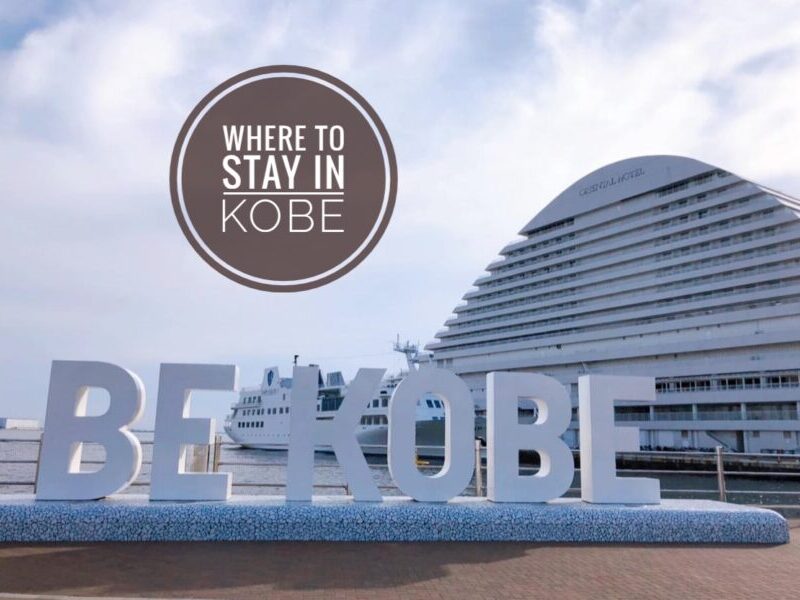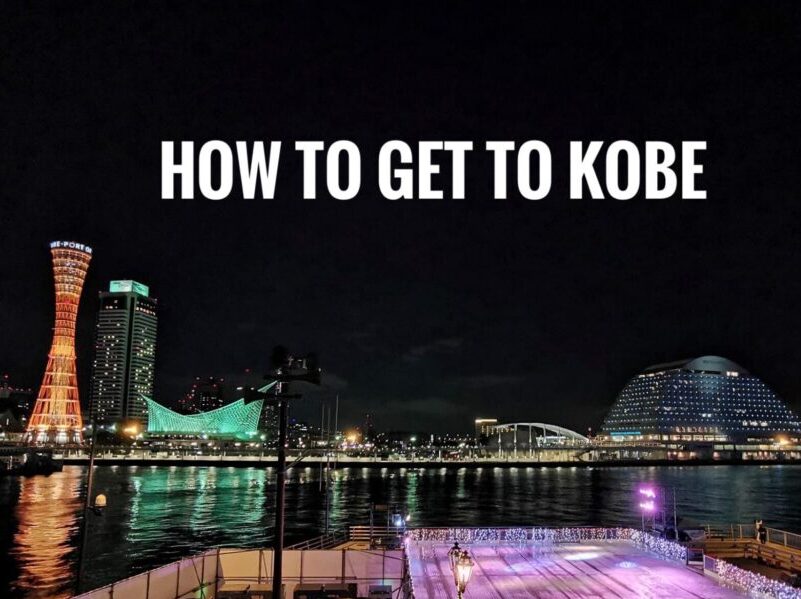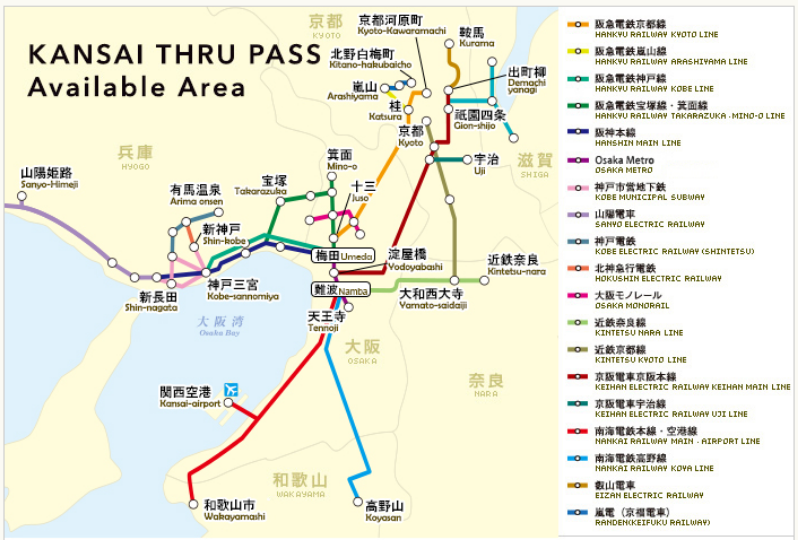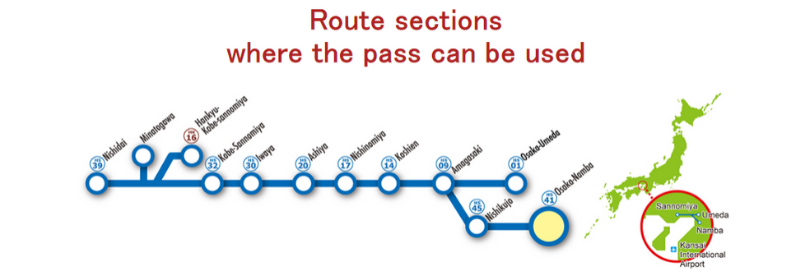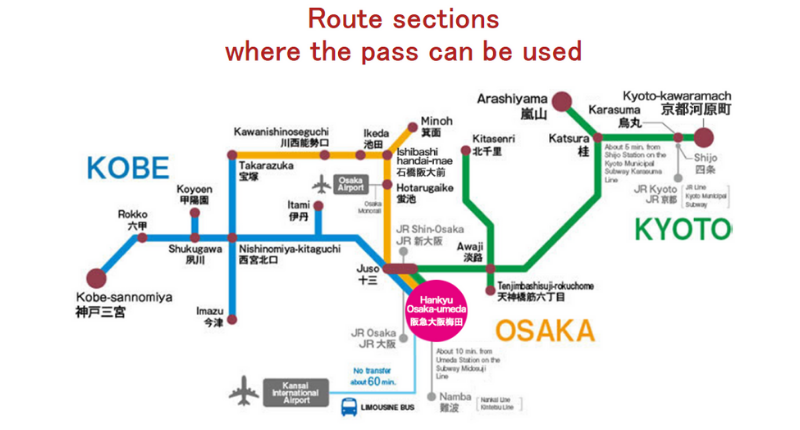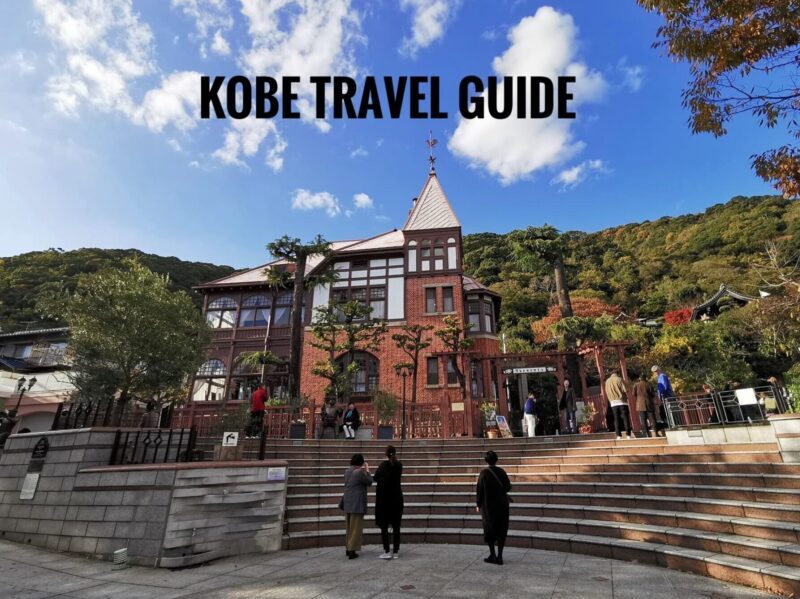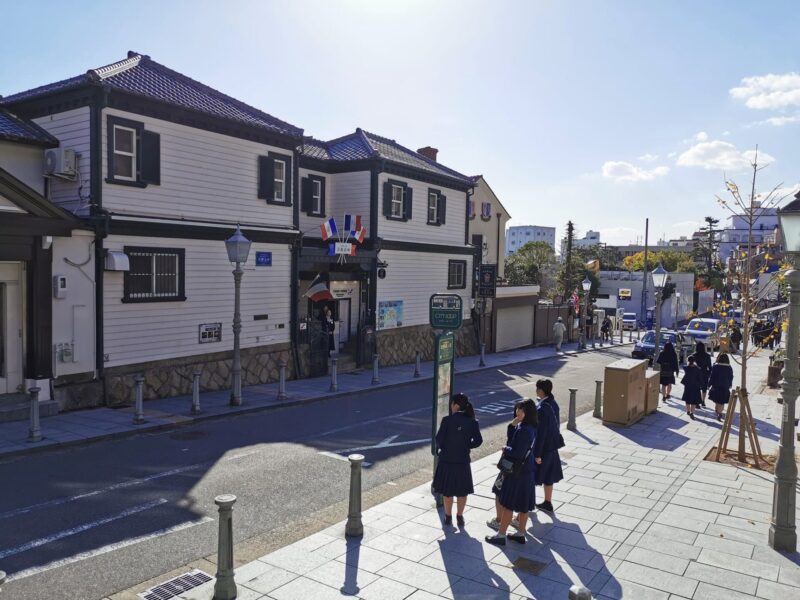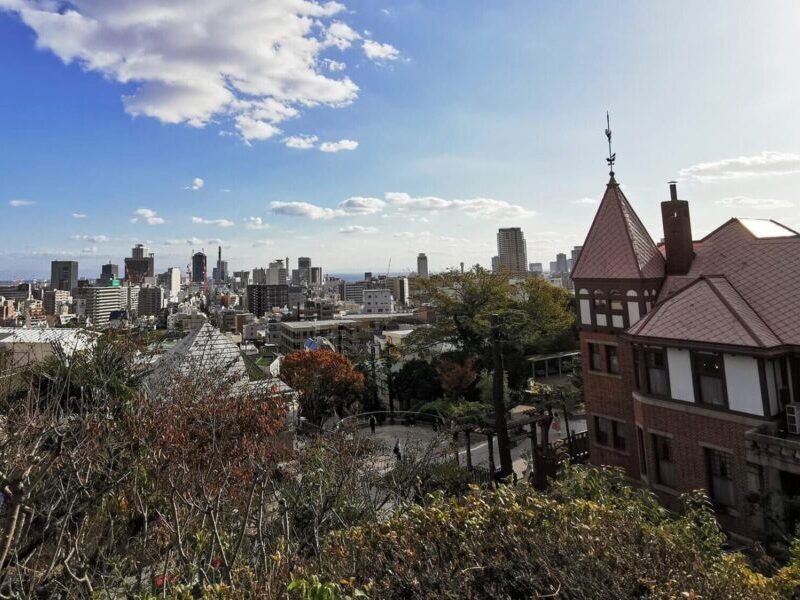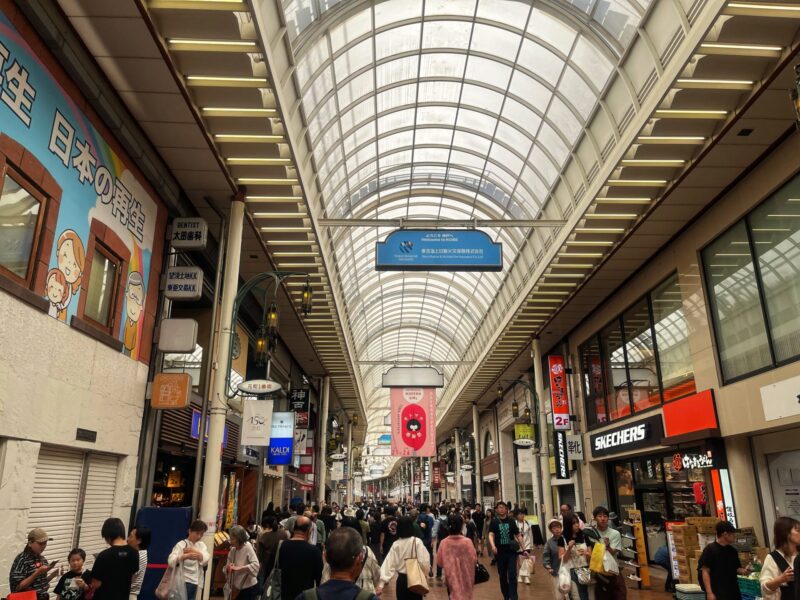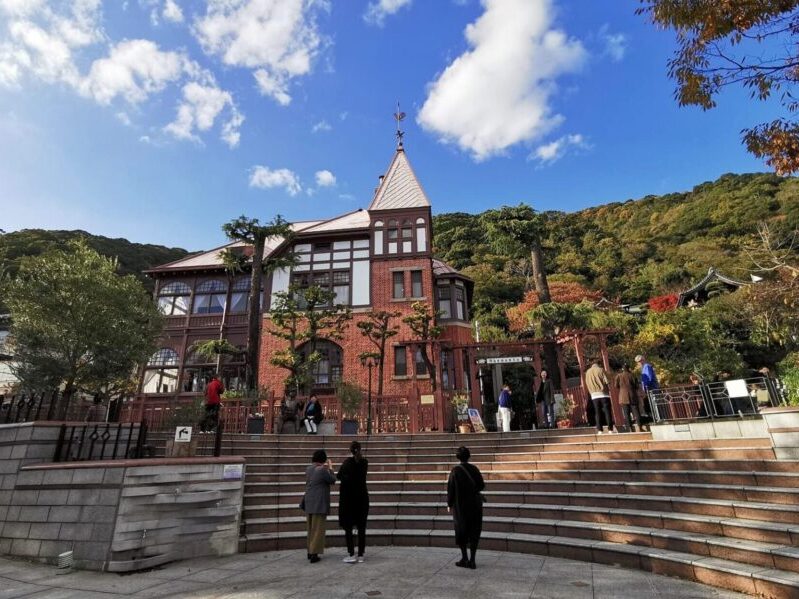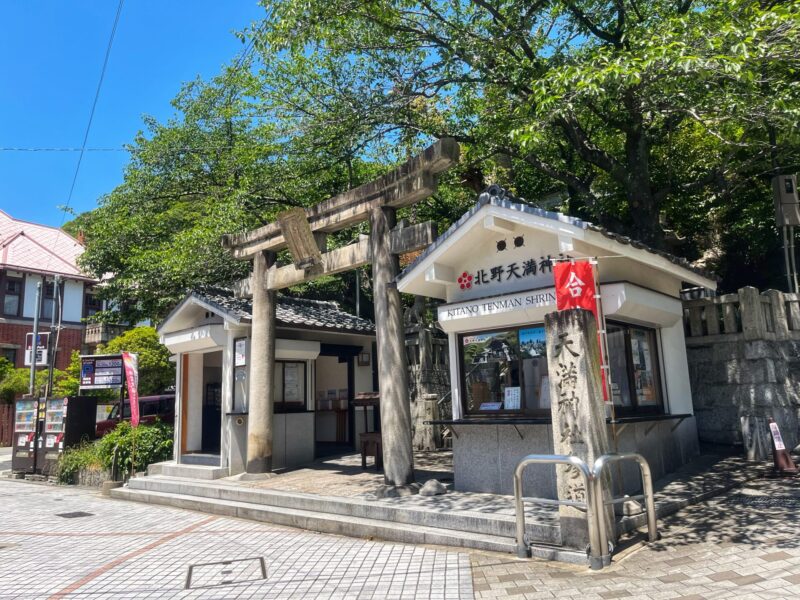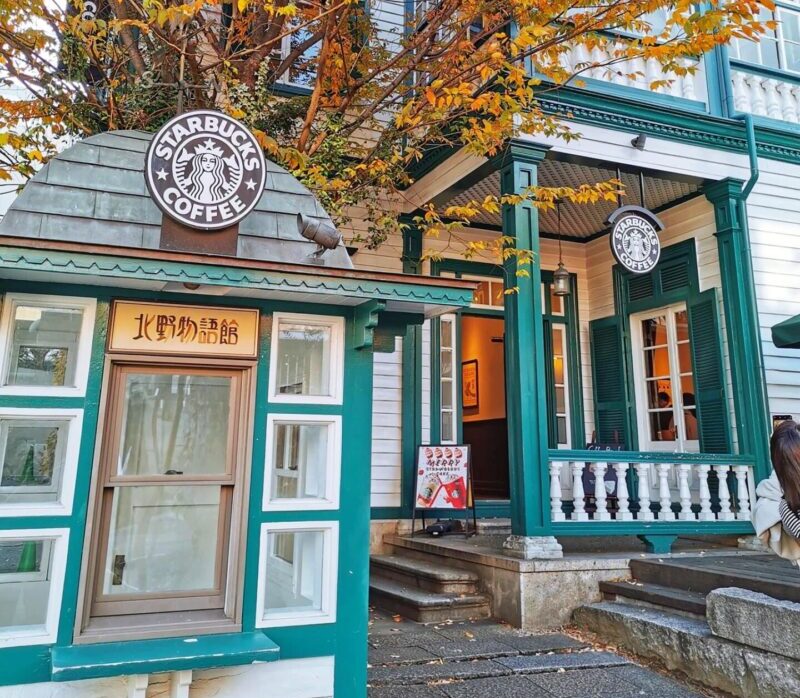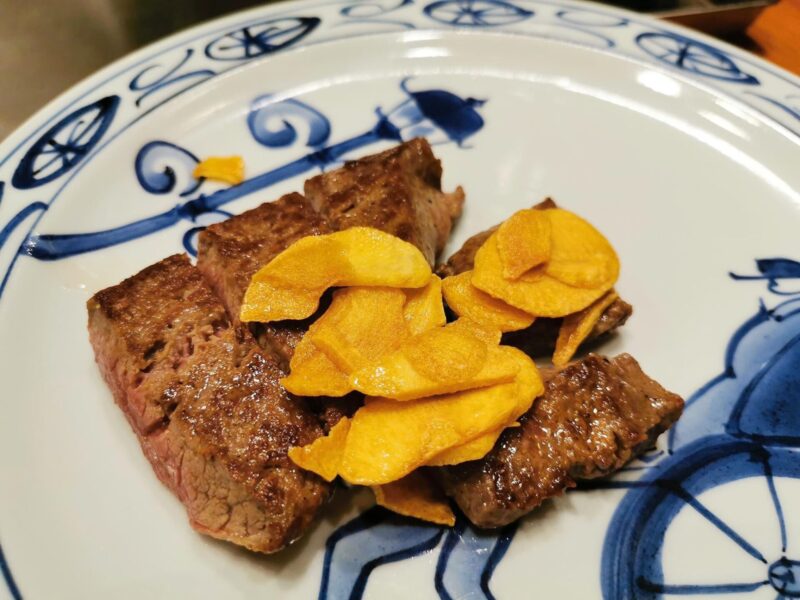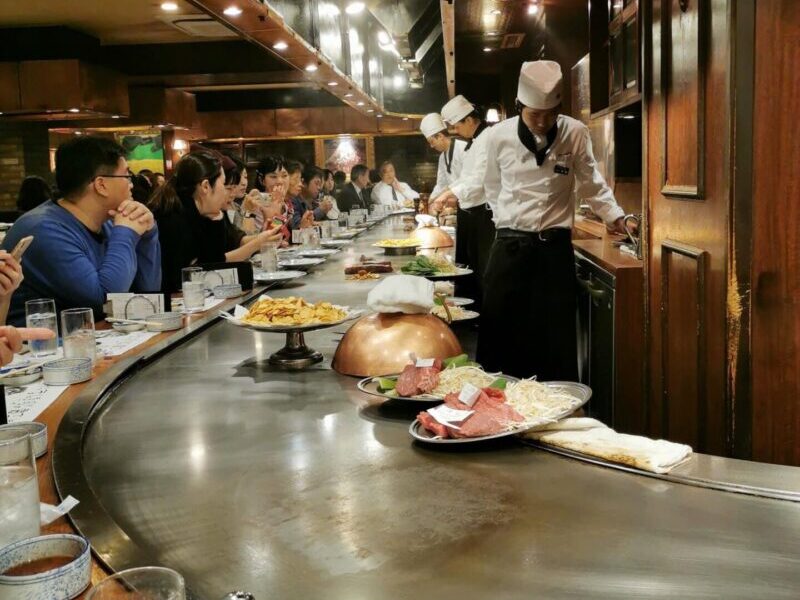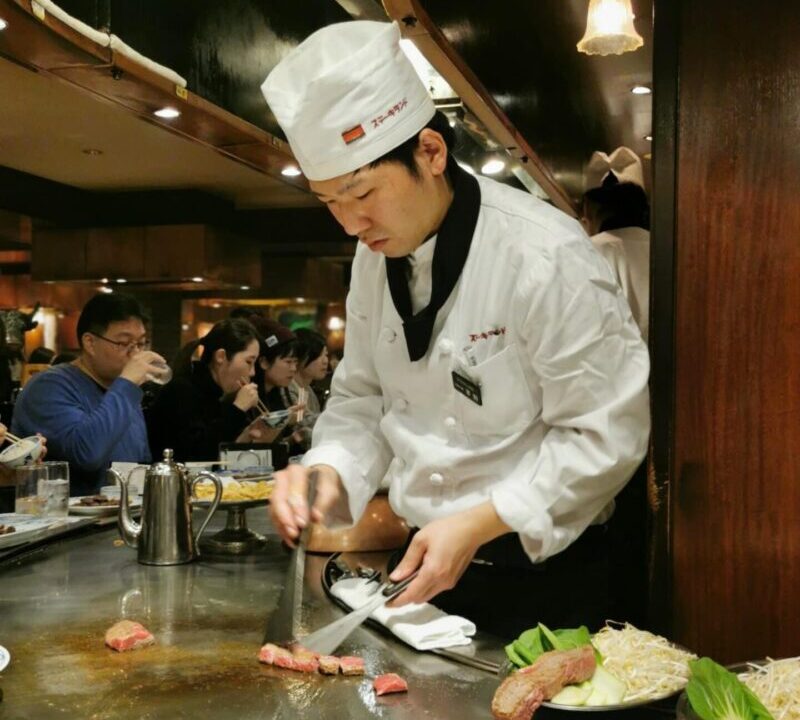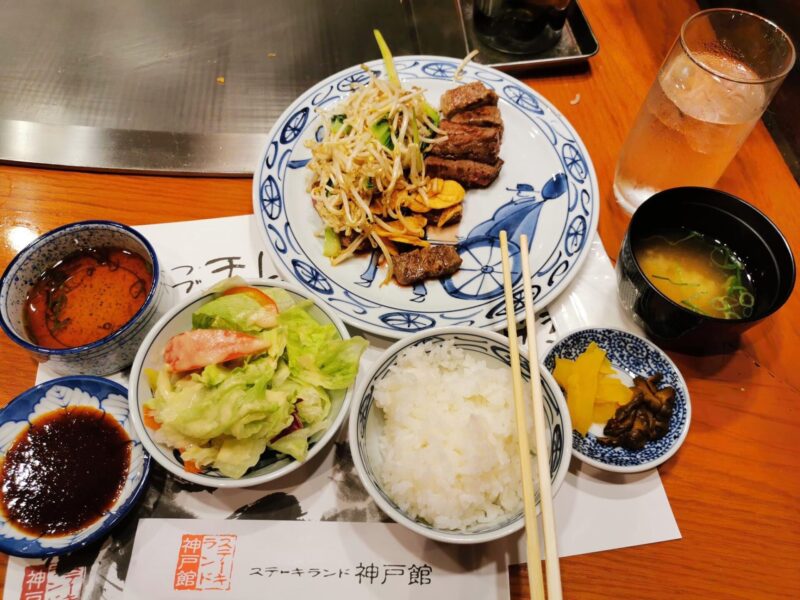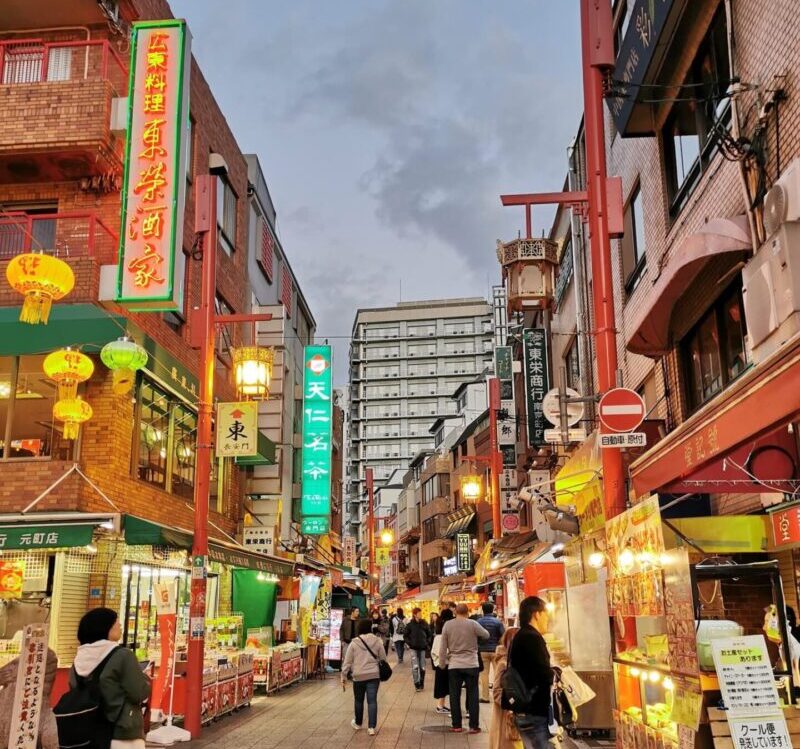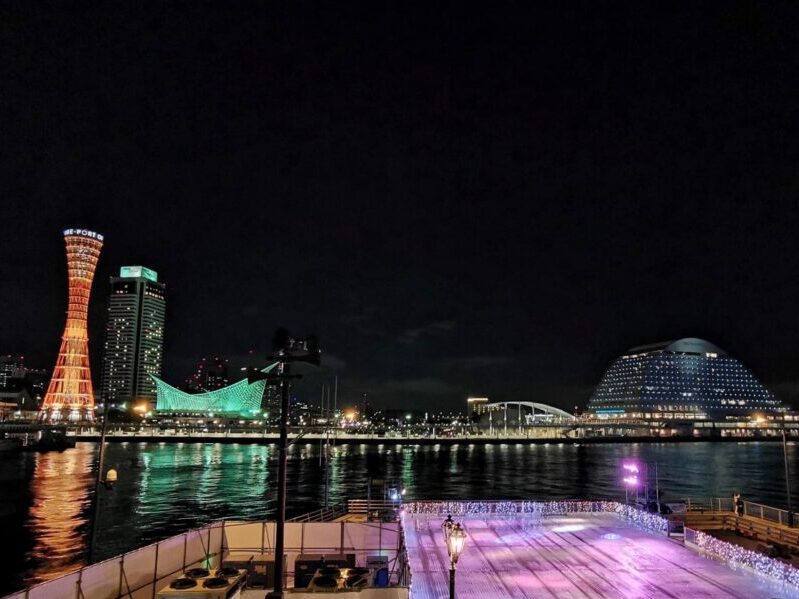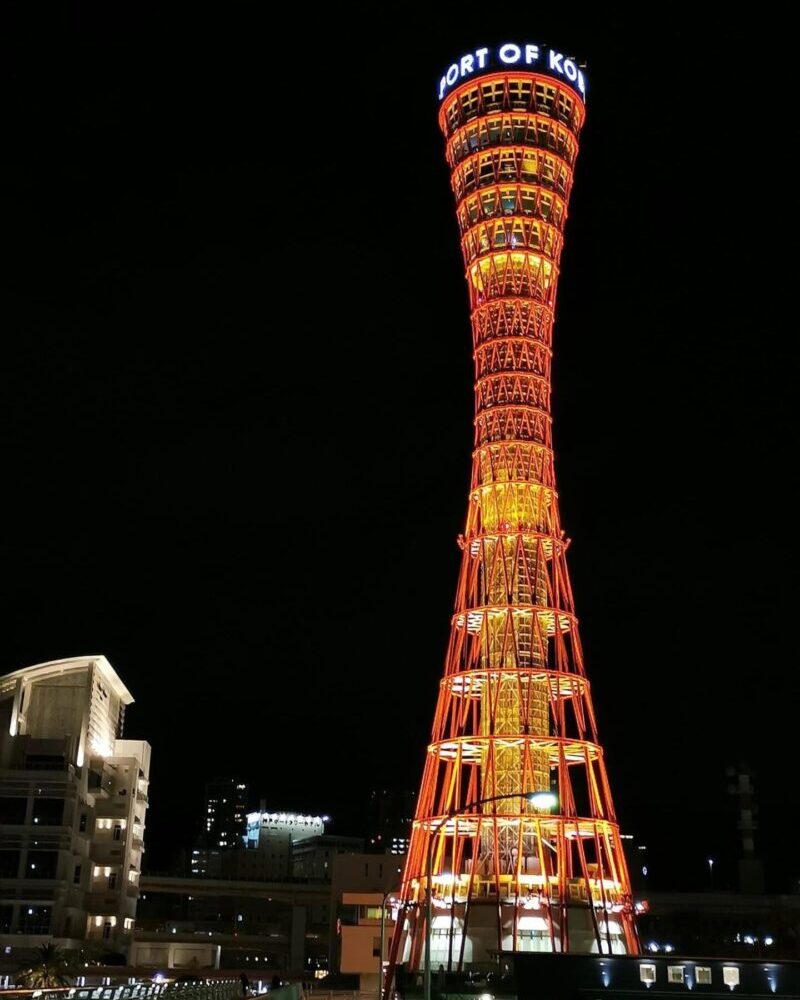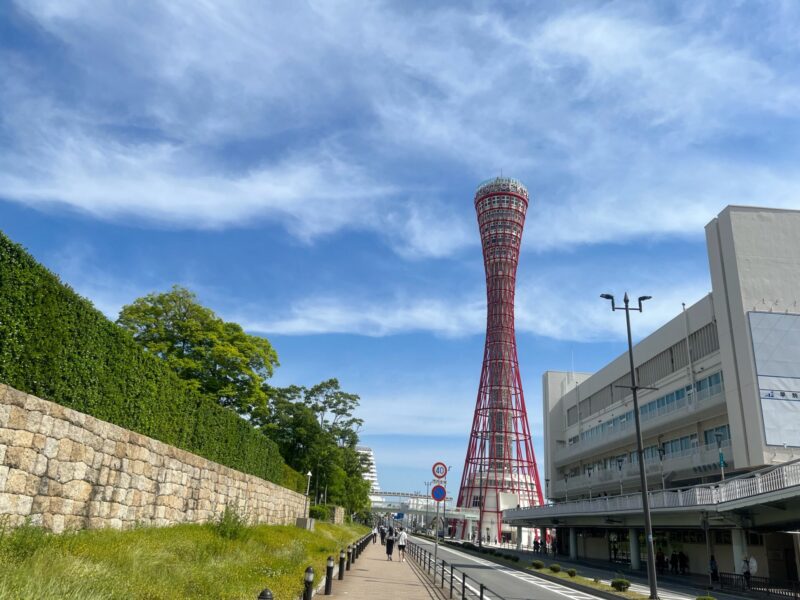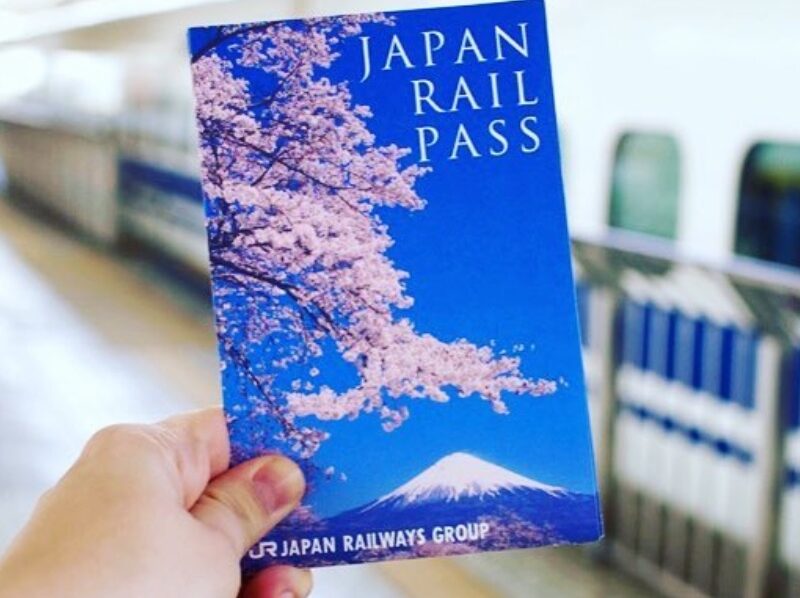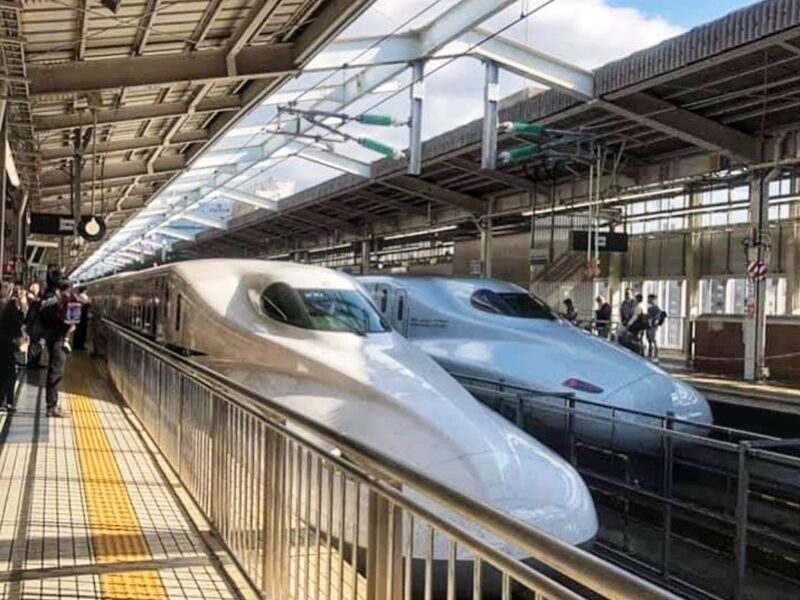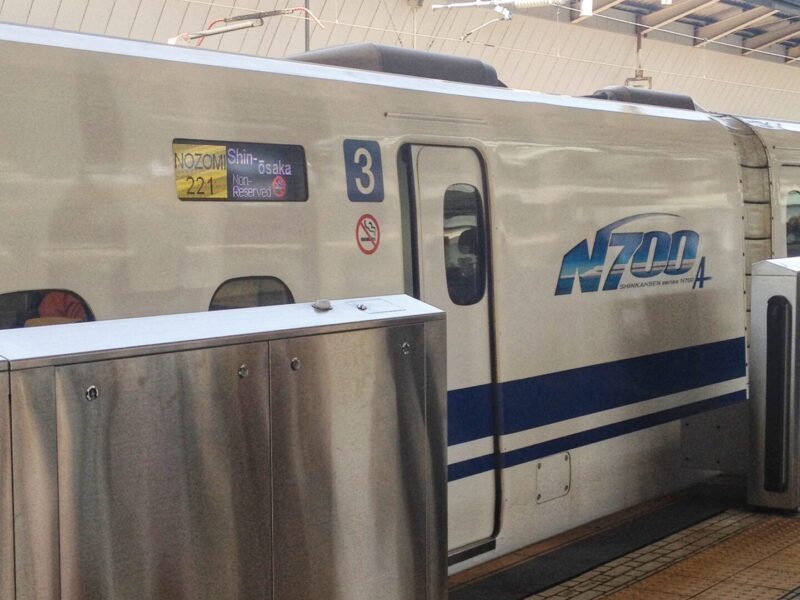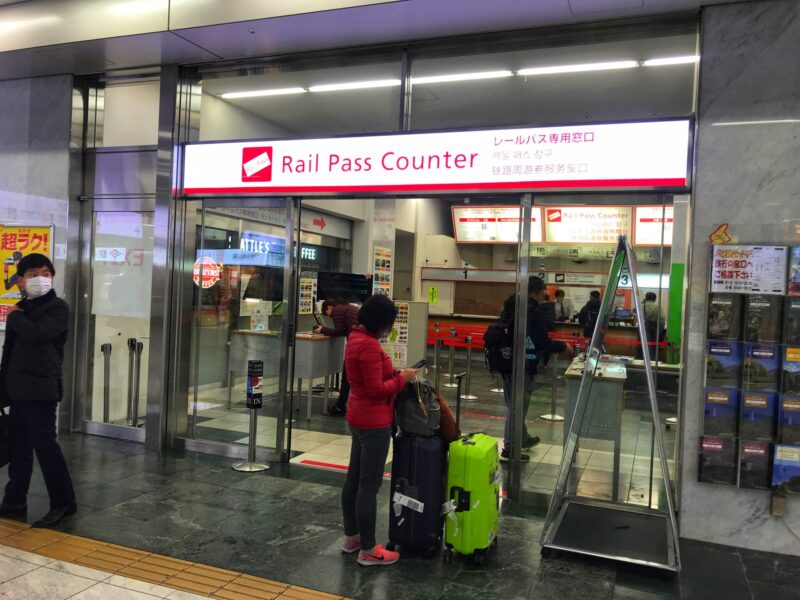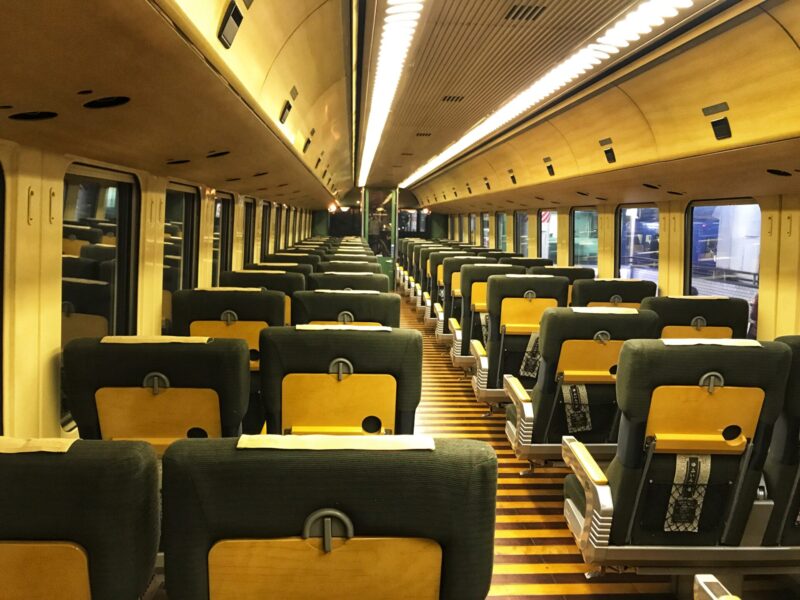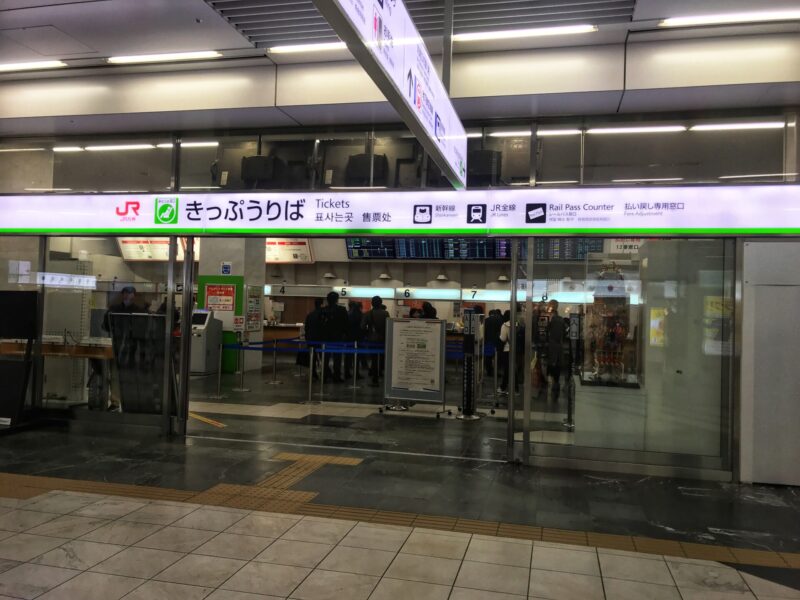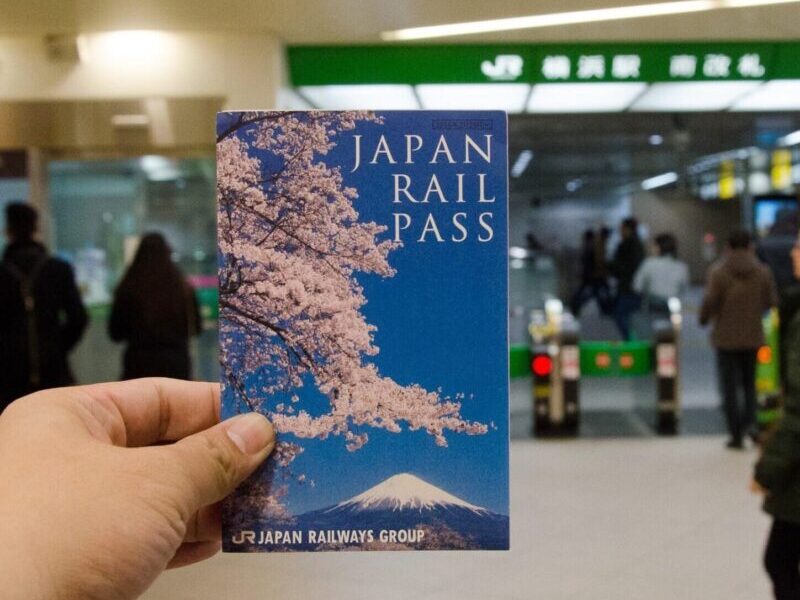Last updated on January 11th, 2025
Whether you’re staying in Kobe for one night or a few nights, there are plenty of hotels to choose from. We’ve compiled this guide to help you make the best decision for you. Here is the accommodation guide when visiting the port city – where to stay in Kobe.
The capital city of Hyogo Prefecture, Kobe is a wonderful place to visit. The charming port city has the perfect mix of international influence and authentic Japanese with loads of art, architecture, and history awaits you. With Japan’s excellent rail network, Osaka and Kyoto are not far away.
Many travelers choose to travel to Kobe for a short day trip before traveling to the rest of Japan. It only takes 20 to 30 minutes train ride (depending on train line) traveling between Osaka and Kobe. In fact, it is not necessary to stay in Kobe, especially if you are only visiting the city’s attractions. However, if you want to experience the unique vibe and see more of what Kobe has to offer, we would recommend staying at least one day in Kobe.
In this accommodation guide, we will cover all types of Kobe options from hostels to luxury hotels for different budgets. Read on to decide where to stay in Kobe!
Accommodation Guide: Where To Stay in Kobe
Where to stay in Kobe? Ideally, the best place for staying overnight in Kobe is the downtown area. Travelers can choose to stay in Sannomiya and Motomachi areas, Kitano areas, and Harbour District. All the locations are easy to access with well-connected with trains and public transport.
Below is the best areas when looking for where to stay in Kobe:
- Sannomiya and Motomachi Area – Center of the Kobe city and a major public transportation hub.
- Kitano Area – Close to Shin-Kobe Station to access to JR Shinkansen bullet train and is walking distance to Kitano’s Ijinkan Street and nearby area.
- Harbour District – A great place to stay in Kobe for visitors who looking for a luxurious stay with a mood of vacationing in a relaxing vibe.
Let’s read on for more detail and the best hotel selection for each area in the below sections.
Sannomiya and Motomachi Area
Sannomiya is the best area to stay in Kobe. It’s the center of the city and a major public transportation hub. It is divided into two areas, north and south which is conveniently divided by Sannoymiya Station. While the Motomachi Station is right next to Sannomiya which is very convenient.
Most of the budget-friendly business hotels in Kobe are located in South Sannomiya. Plus, plenty of departmental stores and shopping streets are located near stations.
Where to stay in Kobe – Sannomiya and Motomachi areas:
- High-Range (4-star): Daiwa Roynet Hotel Kobe Sannomiya Chuo Dori, Candeo Hotels Kobe Tor Road, and remm plus Kobe Sannomiya
- Mid-Range (3-star): Kobe Sannomiya Union Hotel, Brenza Hotel, and UNIZO INN Kobe Sannomiya
Daiwa Roynet Hotel Sannomiya Chuo Dori
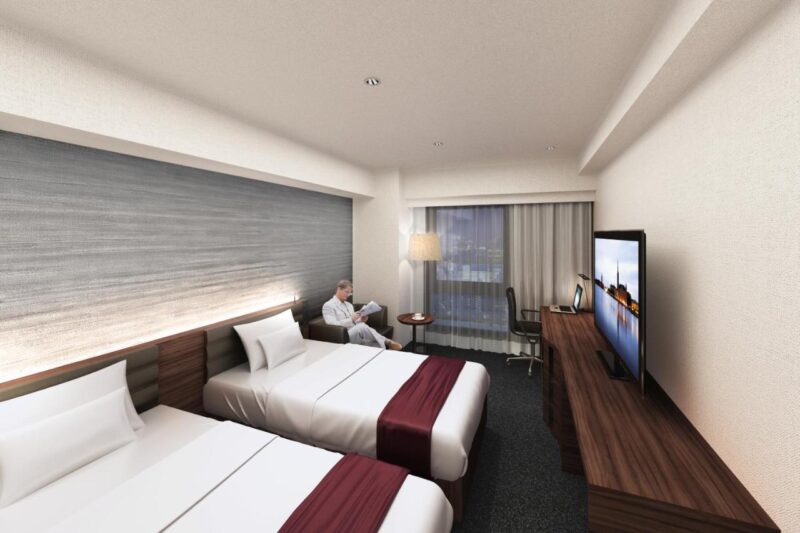
High-Range: Daiwa Roynet Hotel Kobe Sannomiya Chuo Dori is one of the popular picks when looking for where to stay in Kobe. The newly opened hotel is conveniently located for exploring the city with many shops and restaurants nearby. The room is spacious with a comfortable large bed. Staffs are also well-trained and very professional. Most importantly, the price is reasonable. Everything was extremely, clean, and efficient.
Candeo Hotels Kobe Tor Road
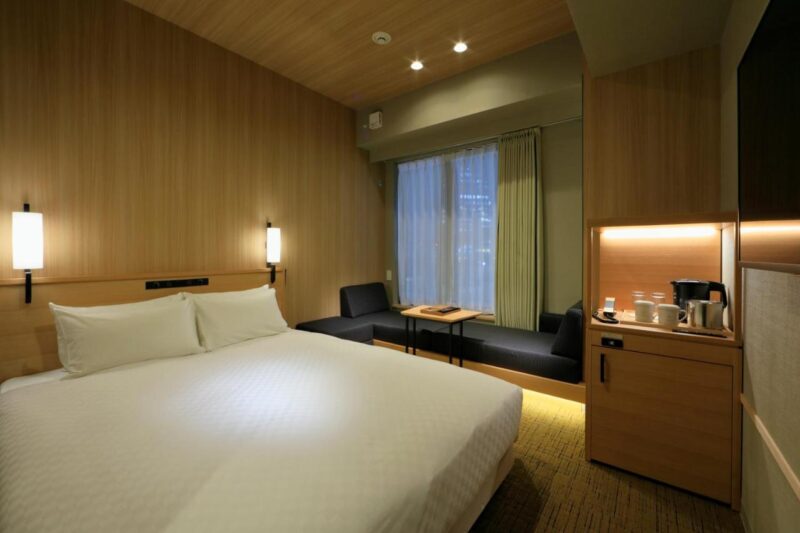
High-Range: Candeo Hotels Kobe Tor Road is one of the popular pick when looking for where to stay in Kobe. The rooms are clean, modern, and comfortable. Plus, guests can access Japanese hot springs facilities which is a great plus. The best part, the location is excellent and conveniently located nearby shopping stores, restaurants, and local attractions. The Sannomiya Station is about 6 minutes away and Motomachi Station is 3 minutes away on foot.
remm plus Kobe Sannomiya
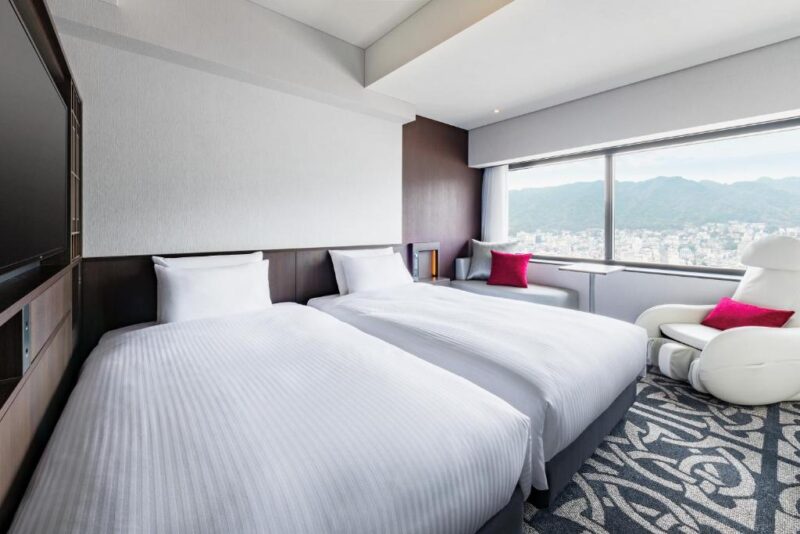
High-Range: remm plus Kobe Sannomiya is one of the utmost luxurious hotels in the city. The rooms are simple and clean with a stunning view. Some rooms can even see both the mountain and sea views. The location is super excellent and located on the Kobe Sannomiya station. So it’s very convenient to access the hotel and walk to the sightseeing places in Kobe. A great choice for anyone on a short stopover when visiting Kobe.
Kobe Sannomiya Union Hotel
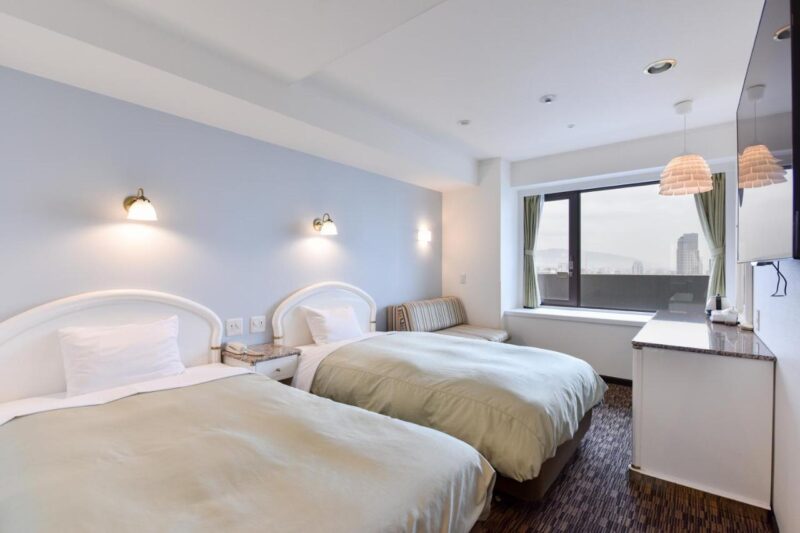
Mid-Range: Kobe Sannomiya Union Hotel is my middle-priced recommendation for a comfortable stay in the city. The JR Sannomiya Train Station is about a 10-minute walking distance away and it’s very easy to get to the most important attractions of the city!
Plus, it also offers a free shuttle to the Sannomiya Train Station which is a great plus. The staff is delightful, friendly, and efficient. Breakfast is delicious and offered various healthy and satisfying options. Great value for money.
Brenza Hotel
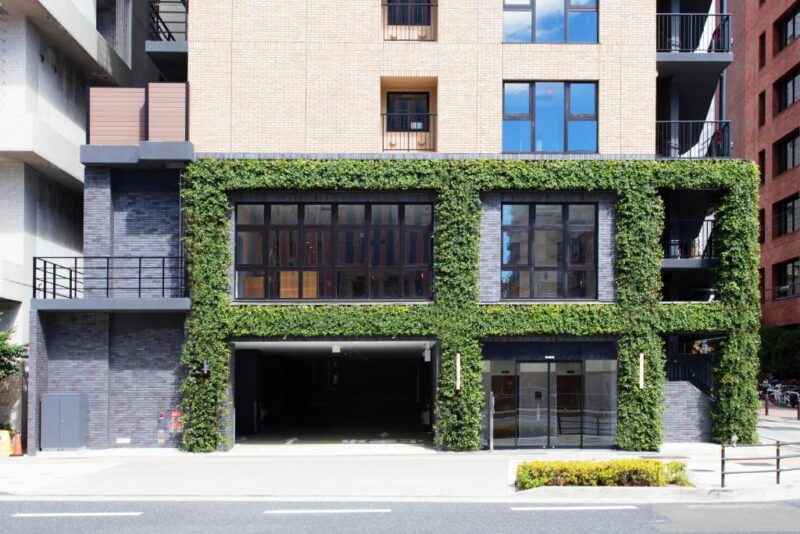
Mid-Range: Brenza Hotel has everything for a comfortable stay. This awesome 3-star hotel is located right in the heart of the neighborhood, close to all the interesting attractions you might want to visit. Many restaurants and stores are located in the area. Perfect for walking around the city to explore.
Besides, the room is very comfortable with great sizing and has all the amenities needed for a comfortable stay. The staff is very kind and professional. Good value for money.
UNIZO INN Kobe Sannomiya
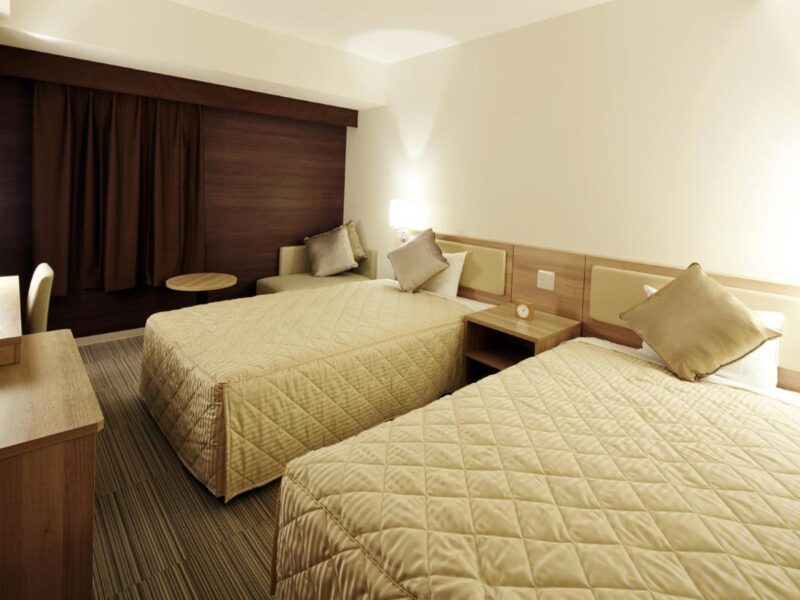
Mid-Range: UNIZO INN Kobe Sannomiya is one of the best places to stay in Kobe for low rates. The room is clean and simple with all the basic amenities for a comfortable stay. Plus, the property is centrally located and accessible to the major train station. The Sannomiya Station is an 8-minute walk and Shin-Kobe is a 10-minute walk away. You can also walk to the Kitano Ijinkan within 10 minutes on foot.
Kitano Area
Another great area to stay in Kobe is the Kitano area with railway access. The Shin-Kobe Station, one of the stops for the JR Shinkansen bullet train is within walking distance of Kitano. So staying in Kitano would allow you to easily schedule the travel for visiting the Kansai region.
Plus, Kitano’s Ijinkan Street is easily accessible on foot. You may also plan your visit to Kitano’s Ijinkan Street before checking in or after checking out of your accommodations. There are not many accommodations in Kitano area, but still you can find great hotel at good price tag.
Where to stay in Kobe – Kitano area:
- Luxury (5-star): ANA Crowne Plaza Kobe
- High-Range (4-star): Hotel Piena Kobe
ANA Crowne Plaza Kobe
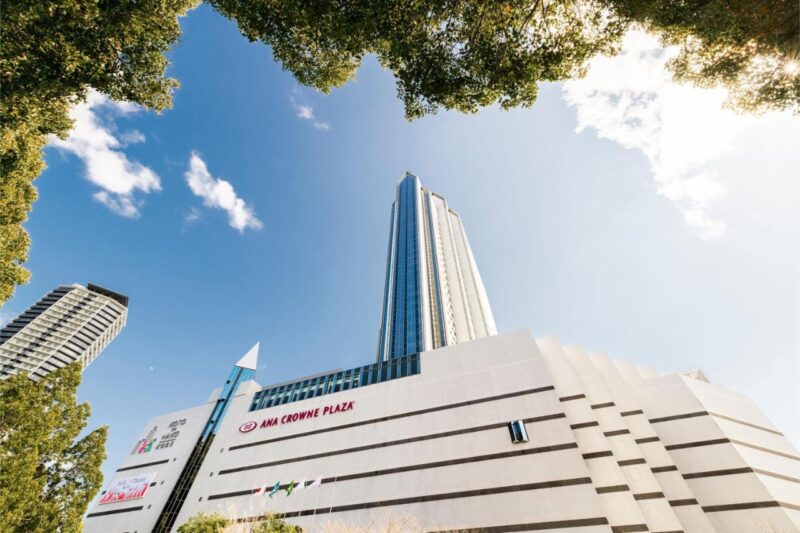
High-Range: ANA Crowne Plaza Kobe is the best place to stay in Kobe for amazing 5-star comfortable. The rooms are clean and comfortable, perfect for a good night’s sleep. The location is excellent and directly connected to Shin-Kobe Shinkansen Station, making it very excellent for travelers who use bullet trains to travel around. Nothing fancy but a comfortable hotel with good facilities.
Hotel Piena Kobe
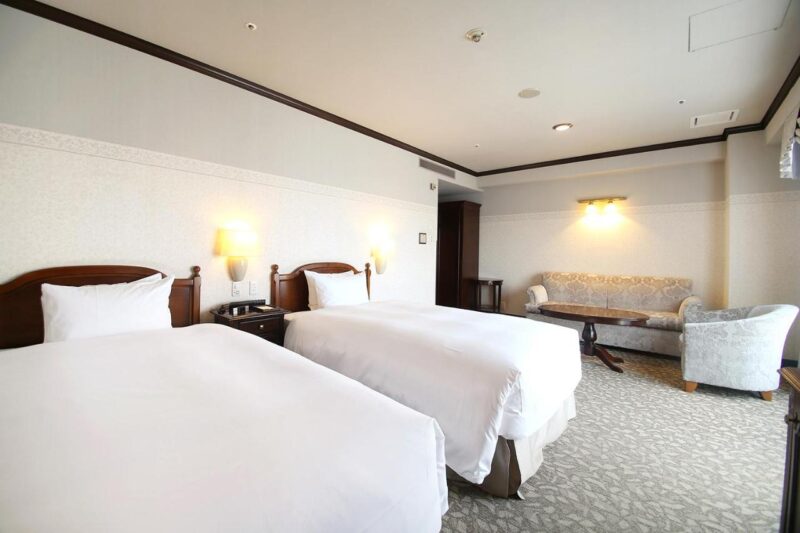
High-Range: Hotel Piena Kobe is well-located in a central location. You can easily walk to the Kitano area for a visit. The property is slightly dated but everything is very well-maintained. Room is warm, cozy and comfortable. It is not very spacious but still with a lot of room for baggage, or walking.
Harbour District
If you are a traveler looking for a luxury stay in Kobe, then you should stay as close to the harbor district as possible. This area is immensely popular with couples and family holidaymakers. Many high-range and luxury hotels with breathtaking sea views are located here. A great place to stay in Kobe for visitors who looking for a luxurious stay with a mood of vacationing in a relaxing vibe.
Where to stay in Kobe – Harbor District area:
- Luxury (5-star): Hotel Okura and Kobe Meriken Park Oriental Hotel
- Mid-Range (3-star): Hotel Meriken Port Kobe Motomachi
Hotel Okura Kobe
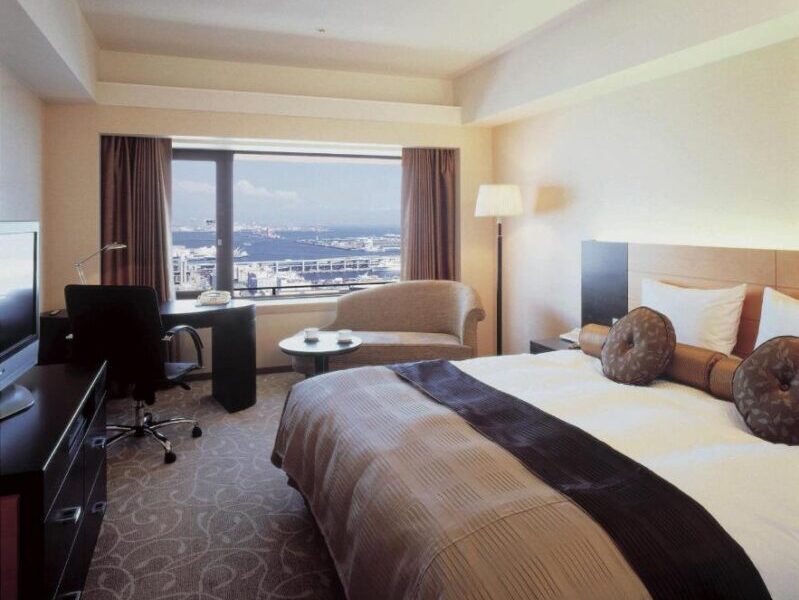
Luxury: Hotel Okura Kobe is a popular Japanese hotel with modern amenities. It is located on the waterfront with a view of the harbor or Rokko mountain. It is adjacent to Meriken Park and Kobe Port Tower, and a 5-minute walk from Chinatown or Harborland. Indoor and outdoor play areas for kids are highly appreciated.
Free shuttle bus service from the Sannomiya station is also very helpful for travelers. Extremely comfortable to stay in, especially for families with kids.
Meriken Park Oriental Hotel
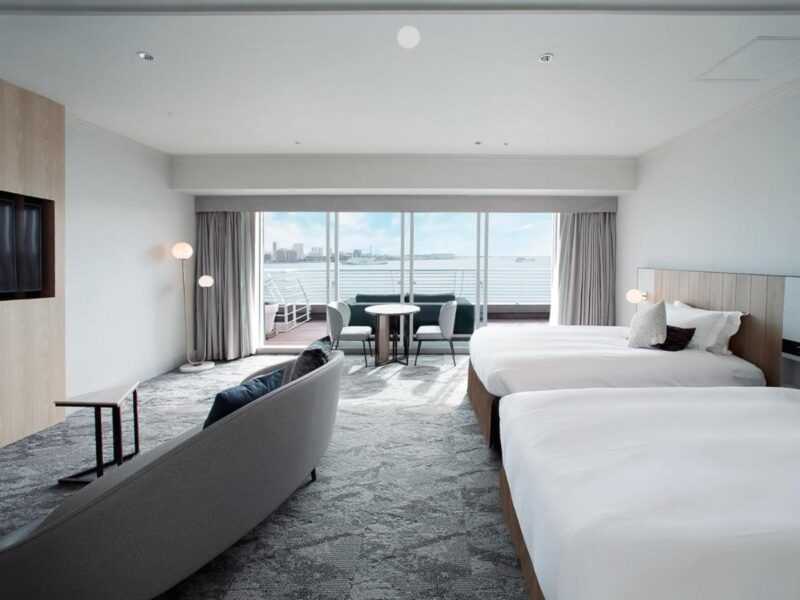
Luxury: Kobe Meriken Park Oriental Hotel is the best place to stay in Kobe for amazing 5-star comfortable. The rooms are clean and comfortable, perfect for a good night’s sleep. The best part of the room is the view. You’ll definitely fall in love with the view from the balcony over the harbor and mountains.
The property is a 3-minute walk from Kobe’s Meriken Park and the Maritime Museum is just a 5-minute walking distance. Besides, the property also offers a free shuttle to Sanomiya station which is very convenient.
Hotel Meriken Port Kobe Motomachi
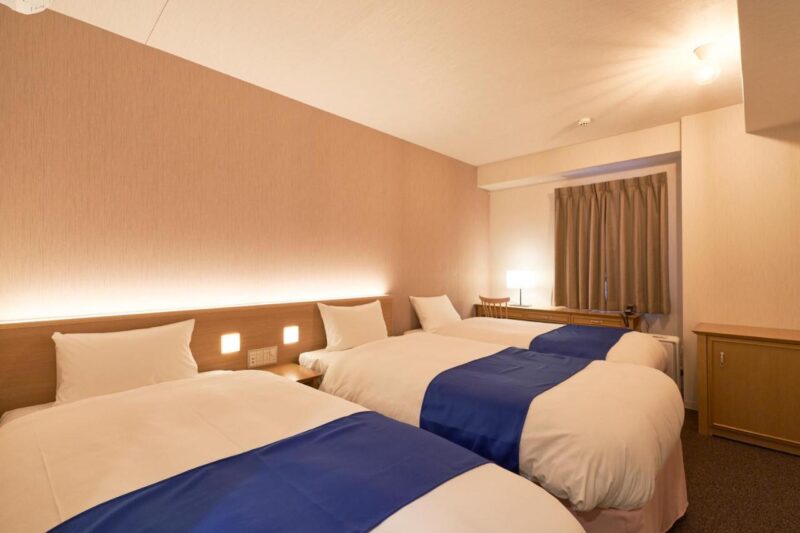
Mid-Range: Hotel Meriken Port Kobe Motomachi is a very good choice located nearby Kobe Port Harbor at the mid-budget price range. It is a basic business hotel offering clean and comfortable rooms at a very reasonable price. Meriken Park is a short distance away and the Motomachidori station is just a 5-minute walking distance. Many restaurants and shopping stores are located nearby.
Where To Stay in Kobe on Budget
If you are on a tight budget or solo travelers looking for a guests house or budget hostel, here are our recommendations:
Guest House Kobe Nadeshikoya
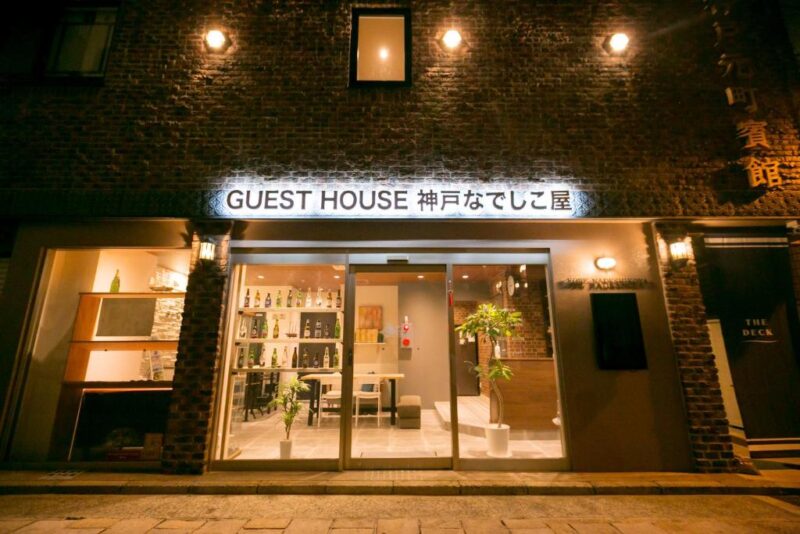
Budget: Guest House Kobe Nadeshikoya is conveniently located close to Nankin-machi (Chinatown) with many many shops and eateries. It’s an easy walk to both the Kobe harbor port and Sannomiya.
Budget travelers can get a cozy bunk bed or private rooms at this budget guest house. Everything is absurdly clean. Bathrooms are shared and come with free toiletries. It also offers a shared kitchen and Muslim prayer room.
Kobe Guesthouse MAYA
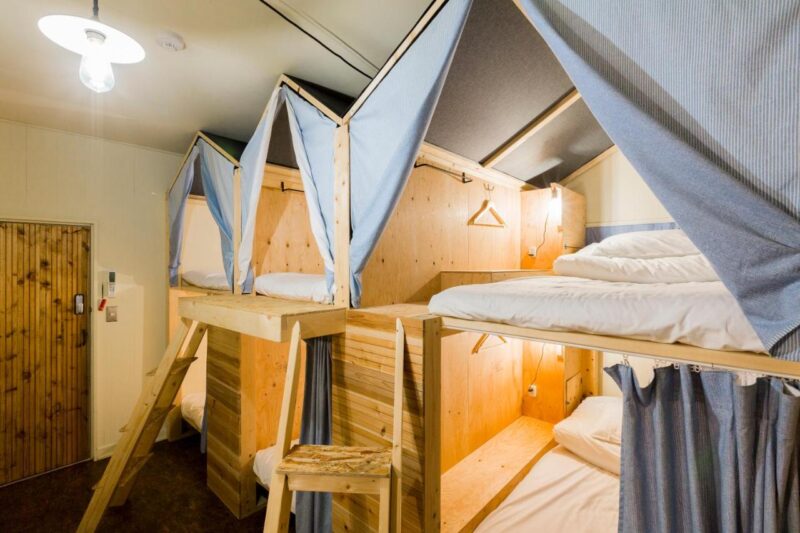
Budget: Kobe Guesthouse MAYA is a lovely and well-equipped hostel-style guesthouse in a quiet Kobe neighborhood. The property offers private rooms and also dormitory rooms for guests to choose from. The location is great with easy access to the JR line at Nada JR station, and Hankyu station, making it a great base for exploring the area. Highly recommended for the best budget stay in Kobe.
Final Tips on Where to Stay in Kobe
We recommended staying in Sannomiya and Motomachi areas, Kitano areas, and Harbour District. All the locations are easy to access with well-connected with trains and public transport.
Harbour District is a great place to stay in Kobe for family and kids. Not only are they close to child-friendly attractions, but you are also close to public transportation for getting around.
Generally, hotels are more affordable in Kobe. It is much more affordable than the larger cities within the Kansai region of Japan.
Overview: Best Hotel in Kobe
All in all, we hope this accommodation guide is helpful to you when looking for where to stay in Kobe. The city has many accommodation options to cater to the need and budgets of various travelers. Compared to nearby cities such as Osaka and Kyoto, the accommodation in Kobe is cheaper, and rooms are commonly more spacious.
Personally, I’ll be recommended staying in Sannomiya and Motomachi areas. The Daiwa Roynet Hotel Kobe Sannomiya Chuo Dori is my popular pick in the area. For a little bit upgrade, get a room from Hotel Okura Kobe with a view of the harbor or Rokko mountain in the Harbor area for your holiday gateway in Kobe.
Lastly, traveling to Kobe and other interesting places in the Kansai region? If you are interested, please read about our visit to Kyoto, Osaka, Nara, Uji, and Kobe.
Related Kobe travel Stories:
- Day Trip to Kobe itinerary: A Travel Guide Blog
- How To Get To Kobe: Access + Transport Pass
- Steakland Kobe-kan: Affordable Kobe Beef Teppanyaki
Kyoto and Osaka Travel Stories:
- 15 Things To Do and Eat for 3 Days in Kyoto
- Where to Stay in Kyoto
- Things to do in Osaka: Ultimate Travel Guide Blog
- Osaka Amazing Pass Itinerary: A Travel Guide Blog
- Where to Stay in Osaka: Namba or Umeda
Best Day trip from Kyoto or Osaka:
